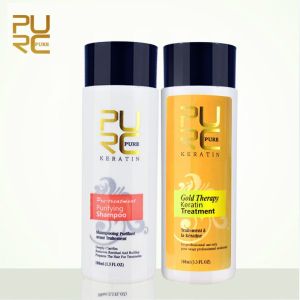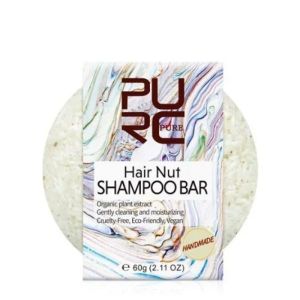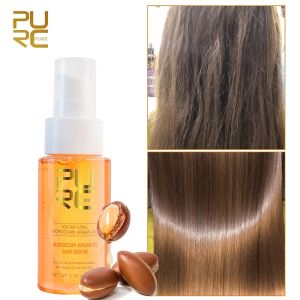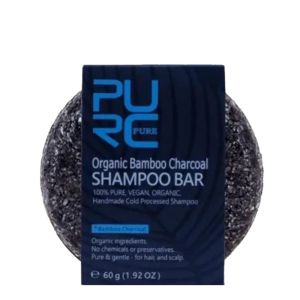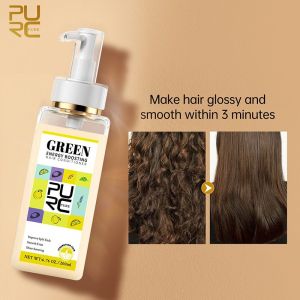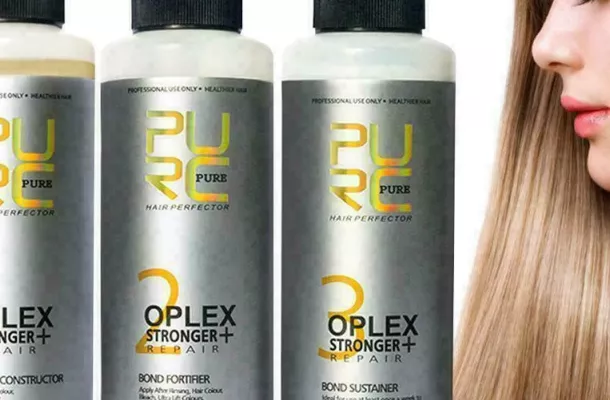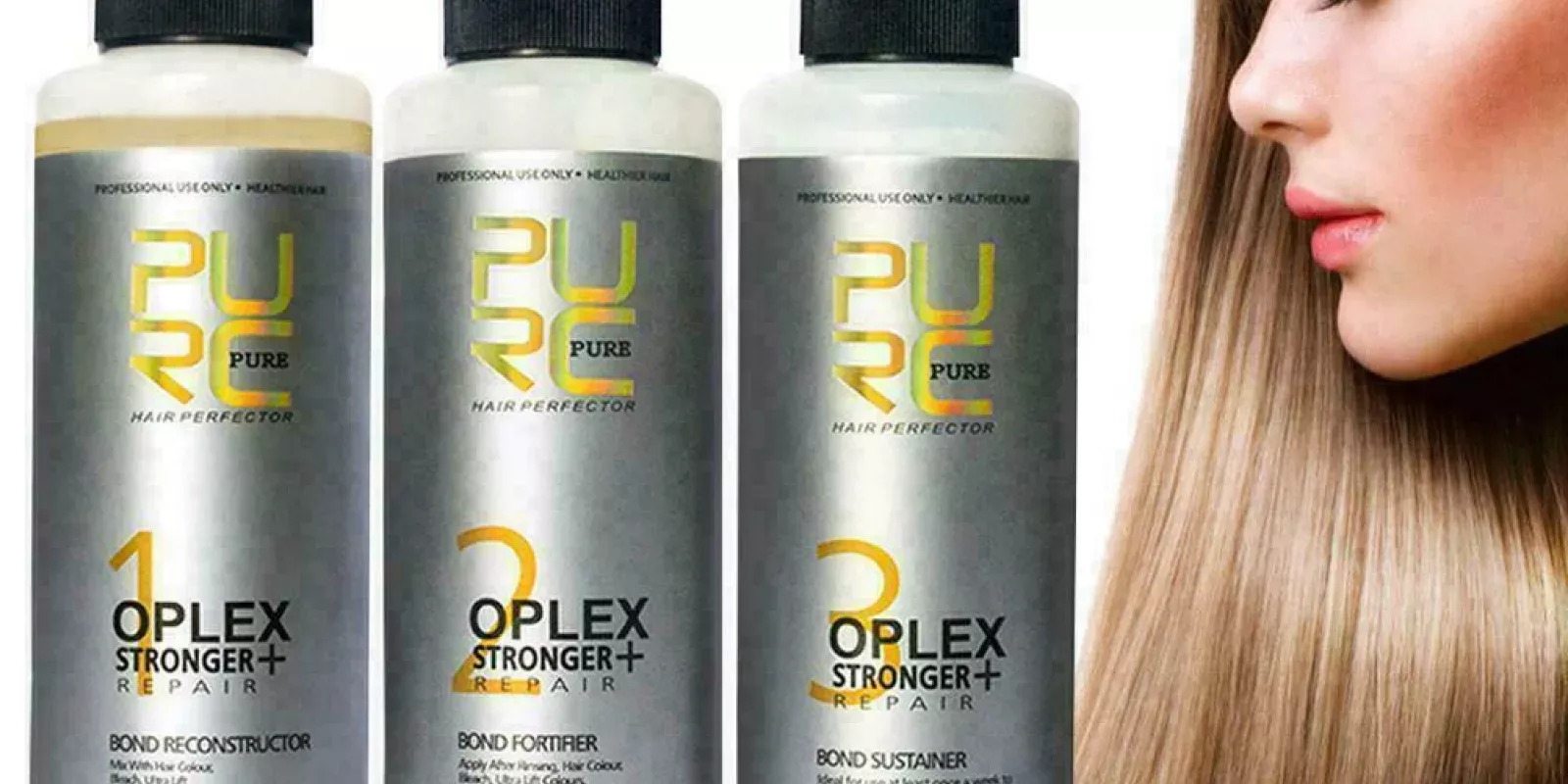How To Spot A Genuine Hyaluronic Acid Product

What is the first component that comes to mind when you hear the word hydration? Hyaluronic acid will fit that description for more than half of you.
But did you know that Hyaluronic Acid has been dubbed “the main component involved in skin moisture.” It can hold up to 1,000 times its weight in water, it is essentially a moisture magnet. Yes, you read that correctly. This is why they are so prominent in skincare for their hydrating advantages, since they act like a magnet for water and are widely lauded for their moisturising and anti-aging properties.
So, if you’ve officially reached peak levels of perplexity about what hyaluronic acid is and how to utilise it, go on over to this blog to find out what all the fuss is about.
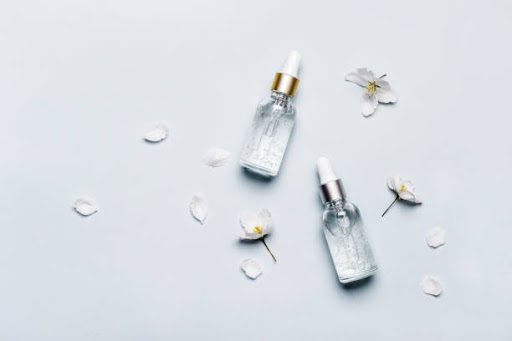
What Is Hyaluronic Acid
Hyaluronic acid (HA), also known as hyaluronan, is a naturally occurring transparent and sticky sugar molecule in your skin that pulls water from the air and sucks it into your face like a loofah, keeping your skin wet all day.
Essentially, it increases skin hydration, which can keep your skin looking youthful, full, and bouncy. And although this small ingredient is usually the key to plump, glowing skin, it must be used correctly.
How To Spot Hyaluronic Acid On Labels
Well, Hyaluronic Acid and the various forms of it also go by a few other names:
- Hyaluronate – It isChemically chopped with a low molecular weight that can permeate deeper into the skin.
- Sodium hyaluronate – The salt form of hyaluronic acid is sodium hyaluronate. Ingredients in salt form are more stable and less prone to oxidise. Because sodium hyaluronate has a lower molecular size, it has a better chance of entering and hydrating the epidermal layer.
- Sodium acetylated hyaluronate – Sodium acetylated hyaluronate, often known as Super Hyaluronic Acid, is found in a variety of cosmetics. Sodium acetylated hyaluronate has a light, non-sticky sensation that may give excellent moisturising, restore the skin barrier, increase skin elasticity, and smooth the skin.

Ways To Infuse Hyaluronic Acid In Your Daily Routine
1. Moisturizers
- Moisturizers are an excellent product to include in your daily skincare regimen to get your daily dosage of hyaluronic acid.
- There is a wide range of hyaluronic-rich moisturisers available, and because of their hydration effects, moisturisers boost the general health of the skin and help seal all that goodness in.
2. Serums
- With the finest hyaluronic acid serums, use hyaluronic serums after cleaning to provide your skin with its first line of defence against dryness.
- Ideally, your skincare product should include 1% or more. Any less, and it’s unlikely to be beneficial to your skin.
- Serums, which come in a variety of formats including as sheet masks, hydrators, and essential oils, will provide you with a straight dosage of your preferred active ingredients.

3. Eye Drops
- In addition to skincare, hyaluronic acid is used to treat dry eyes.
- Approximately one out of every seven elderly persons suffers from dry eye symptoms as a result of decreased tear production or tears evaporating too rapidly. Because it is so good at maintaining moisture, it is frequently used to treat dry eyes.
- Dry eye symptoms and ocular health have been proven to improve with eye drops containing 0.2–0.4 percent hyaluronic acid. The majority of studies indicates that utilising hyaluronic eye drops up to 8 times a day can help treat dry eye symptoms.
4. Supplements
- Hyaluronic acid supplements are derived from synthesised variants of a naturally occurring molecule in the body. Hyaluronic acid, a polysaccharide (a kind of carbohydrate), is found in high quantities in the skin, joints, and eyes, where it provides lubrication and tissue hydration.
- Because it levels decline with age, hyaluronic acid supplements may aid in the treatment or prevention of aging-related health issues.
5. Injectors/Derma Fillers
- If you want even more dramatic effects, injectable dermal fillers are the way to go.
- Dermal fillers, sometimes known as liquid facelifts, produce immediate benefits. Because it is well tolerated, hyaluronic acid is one of the most used dermal fillers. It appears in dermal fillers as a gel-like substance that, once injected, draws water to regenerate volume and rebuild lost structure.
- Because it is a natural component of the skin, the danger of a negative response is quite minimal.
Magic Of Hyaluronic Acid
1. Skin Hydration
- It functions as a humectant, which means it moisturises and maintains skin plump and supple.
- Perhaps you’ve heard of transepidermal water loss, abbreviated as TEWL. This is the scientific phrase for calculating how much water evaporates from the skin.
- When a product inhibits TEWL, it implies it keeps your skin moisturised by preventing water from escaping from the skin’s surface. Hyaluronic acid does this by reducing the rate at which water evaporates.
- Furthermore, HA moisturises and maintains moisture on the skin. A topical application of hyaluronic draws moisture from the deeper layers of the skin to infuse moisture into the upper layers of the skin.

2. Smooth And Radiant Skin
- The greatest HA property allows for smooth and glowing skin. It is also beneficial to dry or dehydrated skin.
- Slather this miraculous ingredient all over your face and neck to reduce wrinkles, moisturise dry regions, and increase overall shine.
3. Suitable For All Skin Types
- Hyaluronic increases skin hydration without increasing oil. It is a non-greasy and light component. As a result, it may be used to make non-greasy cosmetics that look well on oily skin.
4. Wound Healing Ability
- The primary component of the extracellular matrix, hyaluronic acid, controls inflammation and aids in wound healing. It is normally present in the skin, but concentrations rise when there is damage that has to be repaired.
- Inflammation is the body’s natural anti-injury defence mechanism. It provides messages to the body to increase the number of blood vessels at the location of injury. Because hyaluronic acid is antimicrobial, it can help lower the risk of infection when applied directly to open wounds.
- Topical treatment to open wounds can aid in the healing process too.

5. Lipid Barrier Enhancement
- The primary role of our skin is to protect our bodies. The epidermis, the top layer of skin, bears the brunt of external pollutants. The lipid barrier, or the fatty acids that trap water and prevent irritants from entering the skin in the epidermis, slows down as we age. Everything from UV radiation to pollution to lifestyle decisions causes harm.
- It strengthens the skin’s natural barriers, allowing moisture to be locked in for an even more dramatic moisturising impact. Over time, this can help reduce the degeneration of the lipid barrier while also protecting and fortifying it.
Takeaway
Overall, hyaluronic acid is fantastic for resting on top of your skin and limiting moisture loss to the outside environment—but it isn’t perfect, so use it with caution.
It is also crucial to keep in mind that Hyaluronic can be dehydrating. Because hyaluronic acid is prone to evaporation, it should constantly be sealed in using a product containing sealing agents like ceramides and emollients.
Always apply it to clean, wet skin, massage it in, and visit your dermatologist if you see anything out of the ordinary. Overall, it’s a relatively safe and beneficial substance for everyday use.
About The Author

